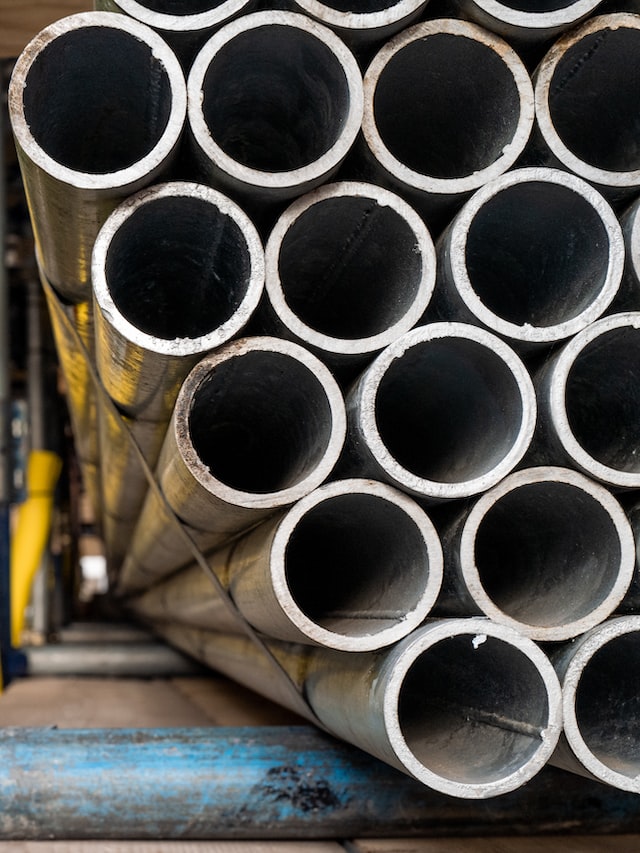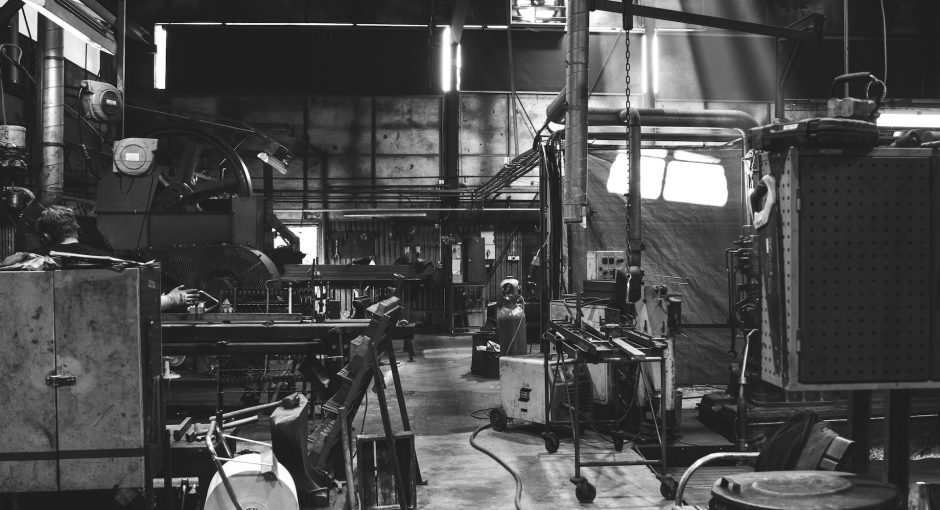Steel production is one of the world’s most intricate industries. It requires extensive effort to connect assets, monitor production and guarantee customers receive top-notch products.
Companies seeking success must invest in the appropriate technology solutions for their business assets and processes. Doing so can boost efficiency while cutting costs.
Primary Steel Producers
In the steel industry, primary metals subsector is facing economic transitions such as a reduction in steel use in automobile production and an increasing emphasis on cleaner energy sources. Strong steel manufacturers understand these changes and adjust accordingly.
Strong steel manufacturers excel in discovering new suppliers, applying cutting-edge technologies and adhering to regulations. This guarantees their products are of the highest quality and meet safety regulations.
Strong steel manufacturers can manufacture a range of products that are both cost-effective and long-lasting, as well as recycling their raw materials to reduce environmental waste.
A strong steel company is able to meet customer demands and deliver product on schedule, earning them a reputation for dependability and trust among customers.

Secondary Steel Producers
Strong steel manufacturers produce and process steel, which is used in a variety of industries. Their products are both robust and cost-effective, making them popular choices for businesses of all sizes.
These companies fabricate steel by melting iron ore, scrap metal and other additives in furnaces. After cooling the molten metal output is solidified, it’s then used for making sheet, rod, bar tubing and beams.
Strong steel manufacturers must be able to adjust quickly to changing market conditions and form partnerships with reliable raw material suppliers. Furthermore, they should guarantee high quality standards at all times.
Economic upcycles often prompt steel producers to expand capacity. Unfortunately, these plants take between 3 and 5 years to be operational, leading to frequent periods of demand-supply mismatch in the industry. During these challenging times, many steel plants experience price pressures and low utilization rates.
Profit Maximization
Strong steel manufacturers provide primary raw material to secondary producers for use in the production of finished goods. Furthermore, these firms possess flexibility and agility in their production processes that enable them to meet specific demands.
A steel plant’s profitability depends on its ability to control raw material costs. This can be accomplished through captive mining rights or long-term supply contracts with mines.
One factor affecting steel production is technology used in manufacturing. Newer equipment tends to have lower production costs, enabling steel plants to become more profitable.
Steel companies, like other industries, experience periods of boom and bust due to their cyclical nature. To reduce exposure to market fluctuations, steel producers seek diversification in both operations and products.

Diversification
A strong steel manufacturer typically boasts characteristics such as a large size, economies of scale, low customer stickiness and the capacity to produce various products. These traits make them more resilient against external shocks and give them increased bargaining power with suppliers and customers.
Due to the highly seasonal nature of the steel industry, steel manufacturers must diversify their product portfolio in order to reduce exposure to demand fluctuations and provide relative stability in terms of revenues.
Diversifying steel producers has two options: create products tailored specifically for customers or expand into other industries to boost revenue. Alternatively, they could invest in technology with a lower production cost that helps mitigate market fluctuations on earnings.
Diversification strategies often lead to higher profits for companies, but companies must be careful which strategy they employ. Generally speaking, related diversification (entering an industry with significant similarities to the firm’s existing industries) is preferable to unrelated diversification.






